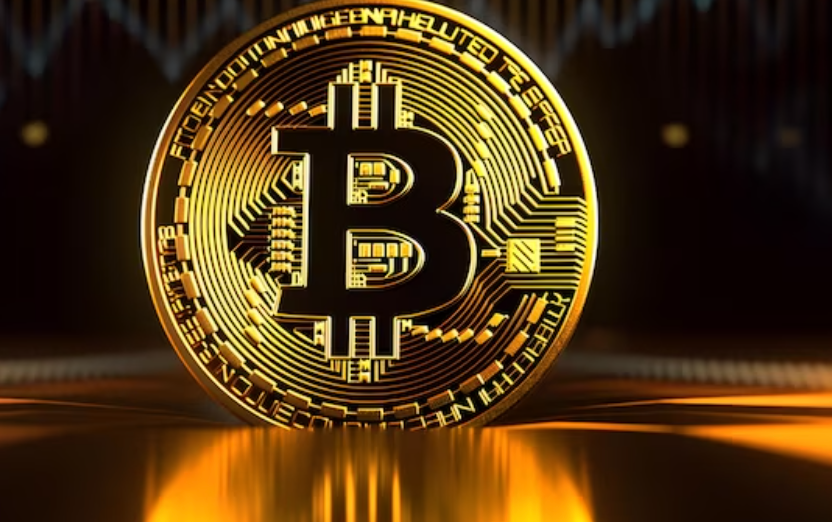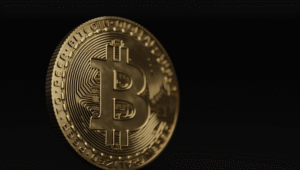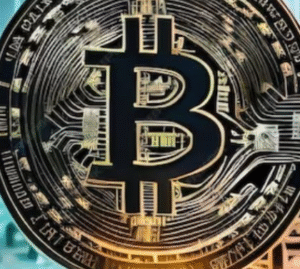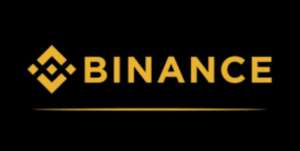$BTC
#Bitcoin #Crypto #NIL #CollegeAthletes #USCFootball #NCAAFootball #DigitalAssets #Cryptocurrency #AthleteEndorsements #FinancialGrowth #Blockchain #SportsFinance
The groundbreaking NCAA rule change in 2021 that allows college athletes to profit from their name, image, and likeness (NIL) has significantly altered the economic landscape of college sports. As these young athletes enter new financial realms, one college football player at the University of Southern California (USC) is poised to take an unconventional approach—receiving part of his NIL compensation in Bitcoin ($BTC). This innovative decision highlights the growing intersection of sports and digital assets, underlining Bitcoin’s potential as a store of value for long-term financial growth. By choosing Bitcoin, the player is signaling a strong belief in decentralized finance and the technology underpinning the cryptocurrency sector, even amidst volatility.
The implications of this deal extend beyond the player himself. By adopting Bitcoin as part of their NIL structure, athletes are broadening the conversation around financial literacy and alternative investment strategies. The decision could inspire a wave of athletes to invest some of their earnings in digital assets as they manage newfound financial freedom. Bitcoin, the first and largest cryptocurrency by market capitalization, has often been lauded by financial experts as “digital gold” for its limited 21 million supply, making it an appealing option for long-term wealth preservation. Despite its notorious price volatility, historically, Bitcoin has delivered significant returns for early adopters. This shift among young athletes underscores the importance of educating future stars about financial diversification, particularly in assets that could outperform traditional markets over a prolonged period.
The market impact of this trend could also be significant, especially as Bitcoin adoption moves beyond individual investors and institutions to younger demographics like college athletes. Sports endorsements have long played a pivotal role in shaping consumer behavior, and the integration of Bitcoin into such deals could contribute to further mainstream adoption of cryptocurrencies. Moreover, the structure of this NIL deal could encourage cryptocurrency firms to partner with more athletes, leveraging their visibility to amplify brand recognition. If more college athletes and public figures begin advocating for Bitcoin compensation, this could stimulate retail interest and trading volumes in the cryptocurrency market, adding new momentum to its adoption curve.
While innovative, this development doesn’t come without risks. Bitcoin’s price history is a testament to its volatility, with swings driven by regulatory updates, macroeconomic trends, and investor sentiment. As athletes delve into crypto, they must balance potential upside with the reality that Bitcoin’s value could fluctuate significantly during their playing careers. However, in the broader context, decisions like these underscore a willingness among young financially-conscious individuals to bet on technological and economic shifts. This deal is not just a milestone for the athlete—it signals a cultural shift that blends digital innovation with sports, potentially reshaping perceptions of wealth building in the era of blockchain technology.











Comments are closed.